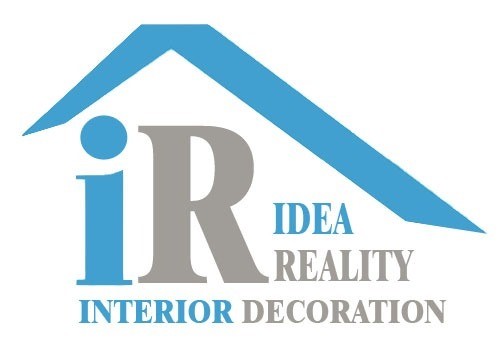Interior designers drive creativity. We love to talk about design and forms all the time. However, the profession involves more than just design. Interior designers deal with clients, coordinate with contractors and vendors, source materials, etc. However, the most crucial aspect of every interior design project is the Bill of Quantity (BOQ).
Once a client likes your design, it comes down to the money. This is where your arithmetic and persuasion skills come into play. If you present a good BOQ, the client will trust you and be sure that their project is in good hands. On the other hand, if you present a bad BOQ, you risk losing clients and spreading bad word about you within the industry. Therefore, if you want to avoid making mistakes with your BOQ, keep a close eye on the following points.
Mistakes to avoid in a BOQ
Never Underquote the Rough Estimate
It’s human nature to try everything to bag a project. However, you need to know where to draw the line. You can’t quote unrealistic numbers to onboard your client. Materials or construction won’t go down because we want them to. So, quoting a low price and then increasing it later during the construction phase should be a huge no! It damages your relationship with your client and they won’t recommend you to their peers.
Even if you choose low-cost materials to meet your budget, you may end up sacrificing the quality of your construction. Therefore, you need to calculate your rough estimate with an additional margin for contingency. Doing so will help you be more relevant and build your reputation among all your clients.
Always Double-Check your BOQ
When you have a lot of work to do, it’s easy to forget something or double-count. That’s why cross-checking or proofreading exists. Once you’ve completed your budget of work (BOQ), you’ll need to go through it again and double-check for any errors. If you double-count, it can significantly increase your project estimate. Similarly, if you drop an item, you’ll send an incomplete BOQ, and you’ll end up under-quoting. Either way, there will be significant changes in your budget. So double-check your budget of work. A good tip would be to share your estimate with a colleague so they can look at it from a different angle.
Don’t Decide the Labor Pay Irrespective of Site Conditions
There’s a reason labor charges vary from state to state. Living costs vary depending on the location of the site. Each state’s Schedule of Rates (SOR) includes the standard labor rates. It’s a good idea to check the SOR as well as do quick research on labor pay in the surrounding areas. As professionals in a country that’s heavily reliant on labor, we can’t afford to overlook this aspect. A wrong interpretation of labor costs can lead to delays, poor-quality work, or, in the worst-case scenario, hold up your work.
Don’t Write Insufficient Items of Description
While listing the work items, you must also list their specifications. This is something that most designers overlook because of the sheer amount of work that needs to be done. The best tip here is to balance being descriptive with being specific. You need to describe all the materials and construction work but don’t be too verbose. For example, if you’re writing about plywood, you’ll need to describe its thickness, size, and purpose in an accurate statement. A descriptive item of work allows you to explain the finished product to the designer, carpenter/contractor, and client. On the other hand, if your BOQ only lists loosely mentioned items, you will face a lot of communication problems when sourcing and handling materials.
Do Not Copy Rates from Your Previous Projects
Every project is different. Even if you are working on the same project and the scope of work is similar, the BOQ will vary drastically. You can reference your previous work, but you cannot copy it. Client expectations, ideas, and site conditions vary from project to project. Therefore, you need to make new calculations each time you make a BOQ. Your past experience and knowledge can help you, but the estimate should be made according to the needs of the project. Avoiding these mistakes will help you create a flawless BOQ. This will help you get more clients and demonstrate your ability to work with numbers.

